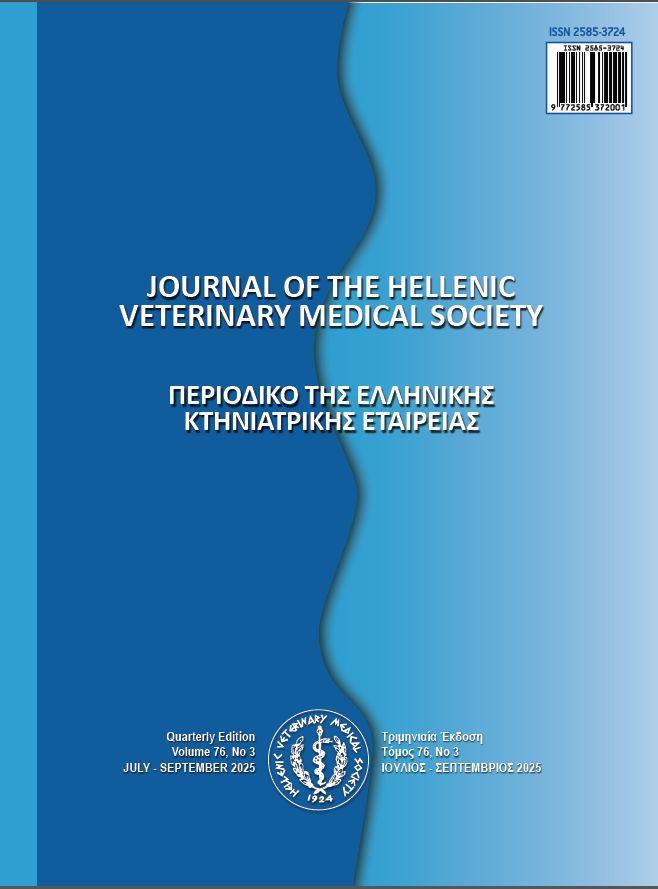Development of Virtual Reality Training Module in Beekeeping
Περίληψη
Virtual reality technologies have become powerful innovations in education, providing engaging and immersive environments that significantly improve learning experiences. Although VR applications are well-established in medical education, their use in veterinary sciences and entomology remains limited. Previous arthropod-focused VR projects provided insights into insect morphology and behavior but excluded honeybees. This study employs semi-immersive VR technology to develop a 3D virtual training system for beekeeping, addressing challenges such as fear, allergies, seasonal constraints, and the high costs of traditional training. The virtual environment includes three interactive modules: an introduction to beekeeping, equipment identification, and hive management practices. The modules integrate 3D-scanned models, informational content, and instructional videos to provide a comprehensive and flexible learning experience, with user-friendly navigation supported by hand controllers and guided cues. Implemented within the veterinary education program at Ankara University, the system serves both students and beekeepers, offering an innovative approach that complements theoretical instruction. Preliminary observations indicate that incorporating VR-based tools enhances engagement and understanding, providing a solution to overcome the limitations of conventional beekeeping education.
Λεπτομέρειες άρθρου
- Πώς να δημιουργήσετε Αναφορές
-
Sevin, S., İnak, N., Ekim, O., & Yarsan, E. (2025). Development of Virtual Reality Training Module in Beekeeping. Περιοδικό της Ελληνικής Κτηνιατρικής Εταιρείας, 76(3), 9729–9734. https://doi.org/10.12681/jhvms.39967
- Τεύχος
- Τόμ. 76 Αρ. 3 (2025)
- Ενότητα
- Research Articles

Αυτή η εργασία είναι αδειοδοτημένη υπό το CC Αναφορά Δημιουργού – Μη Εμπορική Χρήση 4.0.
Οι συγγραφείς των άρθρων που δημοσιεύονται στο περιοδικό διατηρούν τα δικαιώματα πνευματικής ιδιοκτησίας επί των άρθρων τους, δίνοντας στο περιοδικό το δικαίωμα της πρώτης δημοσίευσης.
Άρθρα που δημοσιεύονται στο περιοδικό διατίθενται με άδεια Creative Commons 4.0 Non Commercial και σύμφωνα με την άδεια μπορούν να χρησιμοποιούνται ελεύθερα, με αναφορά στο/στη συγγραφέα και στην πρώτη δημοσίευση για μη κερδοσκοπικούς σκοπούς.
Οι συγγραφείς μπορούν να καταθέσουν το άρθρο σε ιδρυματικό ή άλλο αποθετήριο ή/και να το δημοσιεύσουν σε άλλη έκδοση, με υποχρεωτική την αναφορά πρώτης δημοσίευσης στο J Hellenic Vet Med Soc
Οι συγγραφείς ενθαρρύνονται να καταθέσουν σε αποθετήριο ή να δημοσιεύσουν την εργασία τους στο διαδίκτυο πριν ή κατά τη διαδικασία υποβολής και αξιολόγησής της.



